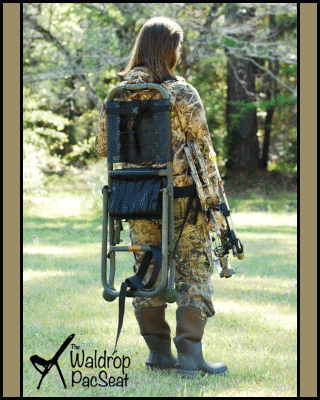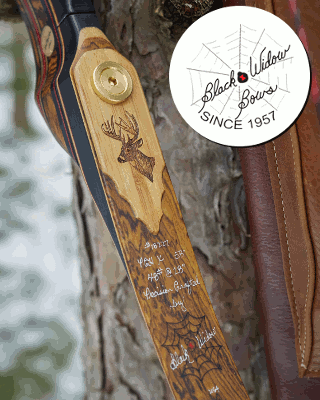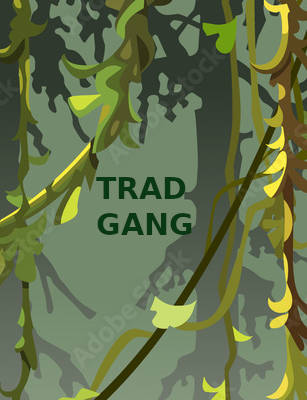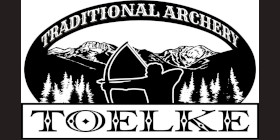Originally posted by Lin Rhea:
.........Remember the basics, heat treat and Geometry. You have to be able to recognize which one is failing and correct only that. Some guys end up chasing their tails and not getting it done.
Lin
The more time a person spends in his forge and in his shop, it will become clear just exactly how HUGE!!!! that statement is that Lin made right there.
He just said two words, "...heat treat...." that sometimes takes literally YEARS to get a grasp on.
"Heat treat" begins at the forge with known steel and carries all the way out and through final tempering, including proper heats during forging, thermal cycling, normalizing, spherodizing, austenizing, quenching, temping, etc.
Flexing a knife's edge over a bar of steel is interesting to say the least.
But what is it you are flexing? What steel is it? How was it heat treated and ground? What's its geometry?
All of these tests are fine and good, but to know what it is you are testing, just get yourself ONE GOOD KNOWN STEEL.
Work with JUST THAT STEEL until you LEARN IT.
Learn one grind. Make one knife.
Over and over and over again.
Once you've got a good grip on that, then "testing" will have some value, because you'll be "testing" a repeated process and it will make sense.
Don't fall into the trap of depending on only a few criteria to determine success in such a HUGE field of endeavors.
Reduce your "zone" from the get-go.
I certainly don't mean to discourage anyone with their knife making, but just realize that your success will depend on what you want out of it.
If you really do want to make the best knife you can, then slooooooooooow down.
One thing at a time.
I swear that when I started making knives, I had a guy tell me that it takes 25 years to become an excellent knife maker.
I thought he was kidding.
I don't any more.




















